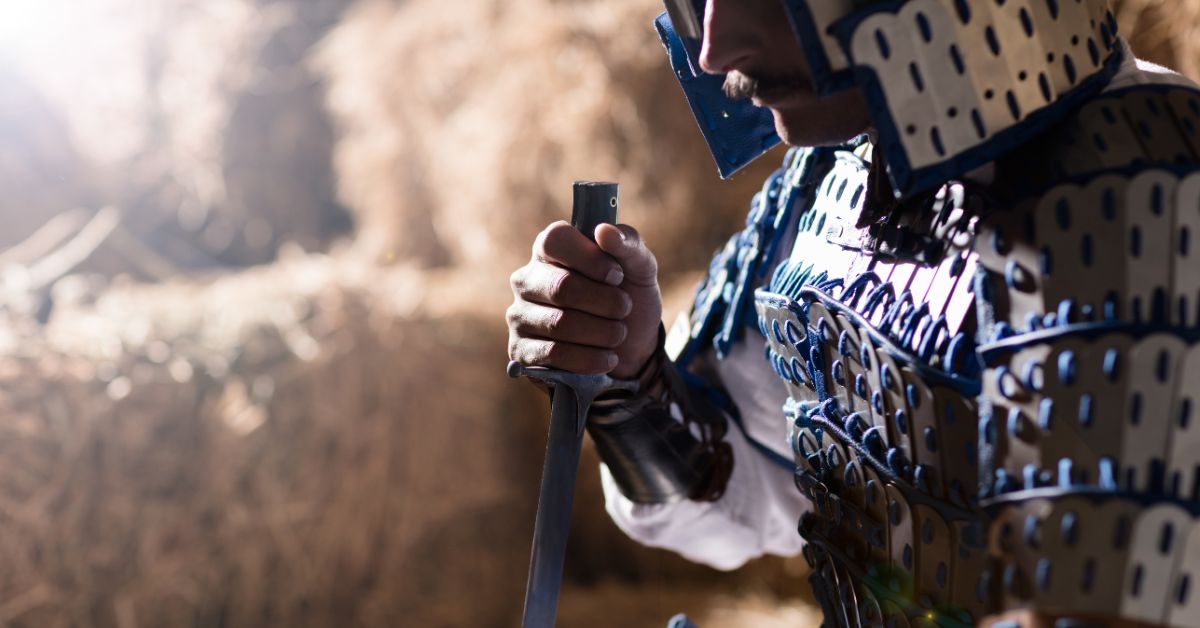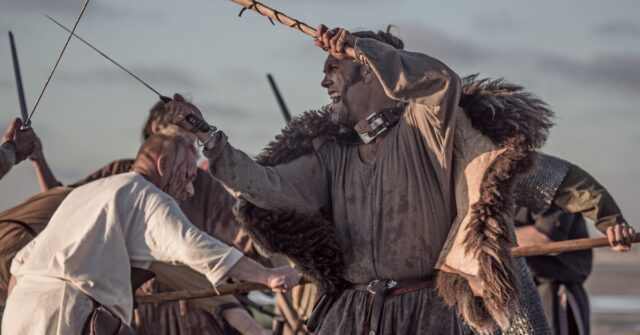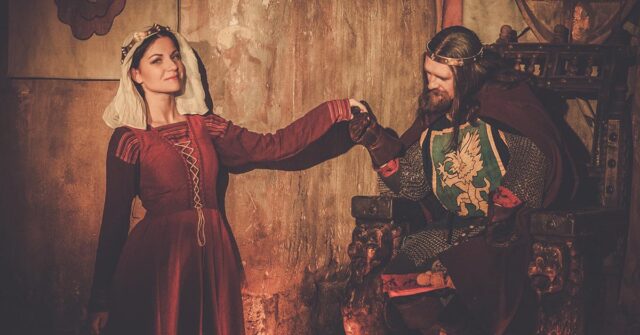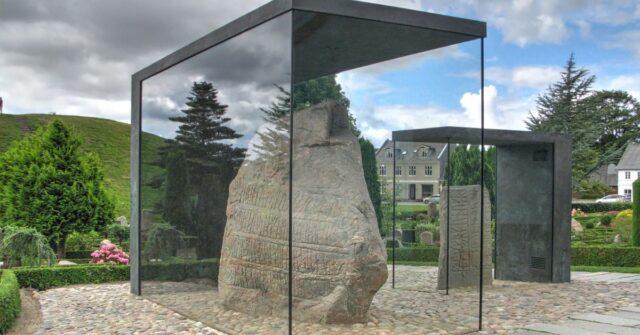The Varangian Guard stands as one of history’s most fascinating intersections of cultures.
Vikings, renowned for their fierce independence and seafaring prowess, served as elite bodyguards for Byzantine emperors.
This article explores their origins, their role in the Byzantine Empire, and their enduring legacy.
Introduction
Exploring the significance of the Varangian Guard reveals how this group of Norse warriors became integral to the Byzantine Empire.
Their story is one of cultural fusion, fierce loyalty, and military prowess that shaped the course of Byzantine history.
The Significance of the Varangian Guard
The Varangian Guard was more than just a group of mercenaries; they were a crucial component of the Byzantine military and political machinery.
Their presence symbolized the Empire’s ability to assimilate diverse cultures and leverage them for its own stability and power.
The Guard’s reputation for loyalty and ferocity made them invaluable to the Byzantine emperors.


The Unique Blend of Viking and Byzantine Cultures
When Viking warriors arrived in Constantinople, they brought with them their own customs, traditions, and fighting techniques. This cultural exchange enriched both societies.
The Varangians adopted Byzantine ways while introducing Norse elements into the heart of the Empire, creating a fascinating blend of Eastern and Northern European influences.
Historical Context
The origins of the Varangian Guard can be traced back to a period of significant geopolitical changes in the 10th century.
The Byzantine Empire, under threat from both internal revolts and external enemies, sought alliances that would bolster its military capabilities.
Formation of the Varangian Guard
The Varangian Guard was formally established in 988 AD. Emperor Basil II, facing internal and external threats, sought the aid of Vladimir I of Kiev.
In exchange for his sister’s hand in marriage and the promise of converting to Christianity, Vladimir sent 6,000 Norse warriors to Constantinople.
This agreement laid the foundation for the Varangian Guard as a permanent fixture in the Byzantine military.
The Geopolitical Context of 10th Century Byzantium
Byzantium in the 10th century was a realm of shifting alliances and constant threats.
The Empire was surrounded by powerful foes, including the Bulgars, the Abbasid Caliphate, and various Slavic tribes.
Internally, the Empire was plagued by noble uprisings and power struggles that weakened its stability.
The introduction of the Varangian Guard provided the Byzantine emperors with a loyal and formidable force to counter these threats.
Recruitment by Basil II
Emperor Basil II’s decision to recruit the Varangian Guard was strategic.
Known for their bravery and combat skills, the Varangians offered Basil a reliable military unit that was not entangled in the complex web of Byzantine politics.
This move not only strengthened his position but also helped secure his reign against internal and external adversaries.
The Agreement with Vladimir I of Kiev
The alliance between Basil II and Vladimir I of Kiev was mutually beneficial. Vladimir needed to consolidate his power and saw Christianity as a means to unify his people.
By marrying Basil’s sister and converting to Christianity, he gained a powerful ally in Byzantium.
In return, Basil received the military support he needed in the form of the Varangian warriors, who became the backbone of his elite guard.
Key Figures and Events
The history of the Varangian Guard is punctuated by notable figures and significant events that highlight their importance in the Byzantine Empire.
From renowned warriors to pivotal battles, the Varangians left an indelible mark on Byzantine history.
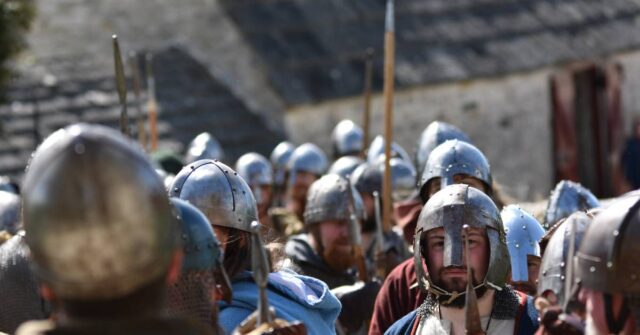

Notable Members of the Varangian Guard
The Varangian Guard attracted many legendary warriors, whose exploits were celebrated both in the Byzantine Empire and their homelands.
Their stories reflect the bravery and honor that characterized the Guard.
Harald Hardrada
Harald Hardrada, who later became King of Norway, served in the Varangian Guard from 1034 to 1043.
His time in the Guard was marked by numerous military campaigns and personal exploits that earned him great wealth and fame.
Harald’s experience in Byzantium significantly influenced his later reign as king.
Bolli Bollason
Bolli Bollason, an Icelandic warrior, is another notable member of the Varangian Guard.
According to the Laxdaela Saga, Bolli returned to Iceland adorned in gold-embroidered robes, earning the nickname “Bolli the Elegant.”
His story exemplifies the wealth and prestige that service in the Guard could bestow.
Major Battles Involving the Varangian Guard
The Varangian Guard played crucial roles in several key battles, showcasing their combat prowess and strategic importance to the Byzantine emperors.
Their involvement often turned the tide in favor of the Empire.
The Battle of Dyrrhachium (1081)
In 1081, the Varangian Guard fought in the Battle of Dyrrhachium against the Norman forces led by Robert Guiscard.
Despite being heavily outnumbered, the Varangians’ fierce fighting helped delay the Norman advance, demonstrating their valor and tactical significance.
Defense Against the Fourth Crusade (1204)
During the Fourth Crusade in 1204, the Varangian Guard defended Constantinople against the Crusaders.
Although the city eventually fell, the Varangians’ staunch defense highlighted their loyalty and commitment to protecting the Byzantine emperor and capital.
Political Intrigues and the Role of the Varangian Guard
The Varangian Guard was not only involved in military engagements but also played a significant role in Byzantine political intrigues.
Their loyalty to the emperor made them instrumental in maintaining internal stability.
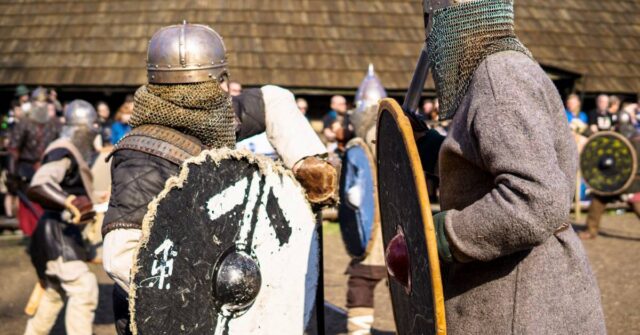

The Revolt of Bardas Phokas
One notable example of the Guard’s political involvement was during the revolt of Bardas Phokas.
Emperor Basil II relied on the Varangians to quash the rebellion, showcasing their importance in upholding imperial authority against internal threats.
Protecting Emperor Alexios I Komnenos
During the reign of Alexios I Komnenos, the Varangian Guard played a critical role in protecting the emperor during a period marked by extensive military campaigns and internal strife.
Their loyalty and effectiveness were crucial in maintaining Alexios’s rule.
Daily Life and Culture
The Varangian Guard’s integration into Byzantine society involved more than just military duties.
Their daily lives reflected a unique blend of their Norse heritage and Byzantine influences, shaping their identity and culture within the Empire.
Living Conditions and Barracks
The Varangians were housed in well-maintained barracks close to the imperial palace, ensuring they were always ready to protect the emperor.
Their living conditions were relatively comfortable, reflecting the high regard in which they were held by the Byzantine rulers.
Military Duties and Ceremonial Roles
Beyond their role as elite warriors, the Varangians also performed various ceremonial duties.
They guarded the emperor, attended important state functions, and participated in religious ceremonies, underscoring their integral role in Byzantine court life.
Cultural Integration and Social Interactions
The Varangians maintained their Norse customs while adapting to Byzantine society.
This cultural integration was evident in their social interactions, where they blended Norse and Byzantine traditions, creating a unique subculture within the Empire.
Norse Traditions Preserved in Byzantium
Despite their service in Byzantium, the Varangians preserved many of their Norse traditions.
They celebrated traditional feasts, observed Norse religious rites, and spoke their native languages, maintaining a strong connection to their heritage.


The Blend of Byzantine and Norse Cuisine
The daily meals of the Varangian Guard reflected a mix of Byzantine and Norse culinary traditions.
They enjoyed robust meals featuring meats, fish, bread, and beverages like beer and wine, symbolizing the fusion of their two worlds.
Decline and Legacy
The decline of the Byzantine Empire inevitably led to the gradual disappearance of the Varangian Guard.
However, their legacy persisted through the cultural and historical impact they left behind.
The Gradual Decline of the Byzantine Empire
As the Byzantine Empire weakened in the 13th century, the Varangian Guard’s influence waned.
The loss of territory and internal strife reduced the Empire’s ability to maintain such elite units, leading to the Guard’s gradual decline.
The End of the Varangian Guard
The Fourth Crusade in 1204 and the eventual fall of Constantinople in 1453 marked the end of the Varangian Guard.
Although some members continued to serve in reduced capacities, the Guard as a significant force ceased to exist.
Lasting Cultural Impact and Historical Legacy
The Varangian Guard left a lasting impact on both Byzantine and Norse cultures.
Their service introduced Byzantine art, architecture, and traditions to Scandinavia, while Norse elements influenced Byzantine society, creating a lasting cultural exchange.
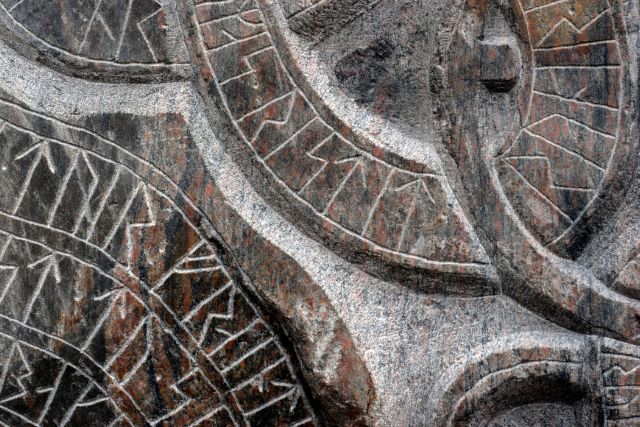

Rune Stones and Sagas Commemorating the Varangian Guard
Numerous rune stones and sagas commemorate the exploits of the Varangian Guard, celebrating their bravery and adventures.
These markers, found across Scandinavia, stand as testaments to the impact these warriors had on their homelands.
The sagas, filled with tales of heroism and wealth, immortalize the Varangians’ service in Byzantium, reflecting their significant legacy.
Conclusion
The Varangian Guard represents a unique chapter in the history of the Byzantine Empire and the Viking world. Their story is one of cultural fusion, military excellence, and enduring legacy.
The Guard’s integration into Byzantine society and their crucial role in protecting the empire demonstrate the powerful impact of these Norse warriors.
Their legacy, preserved in rune stones and sagas, continues to captivate historians and enthusiasts alike, highlighting the lasting influence of the Varangian Guard on both Eastern and Northern European histories.

